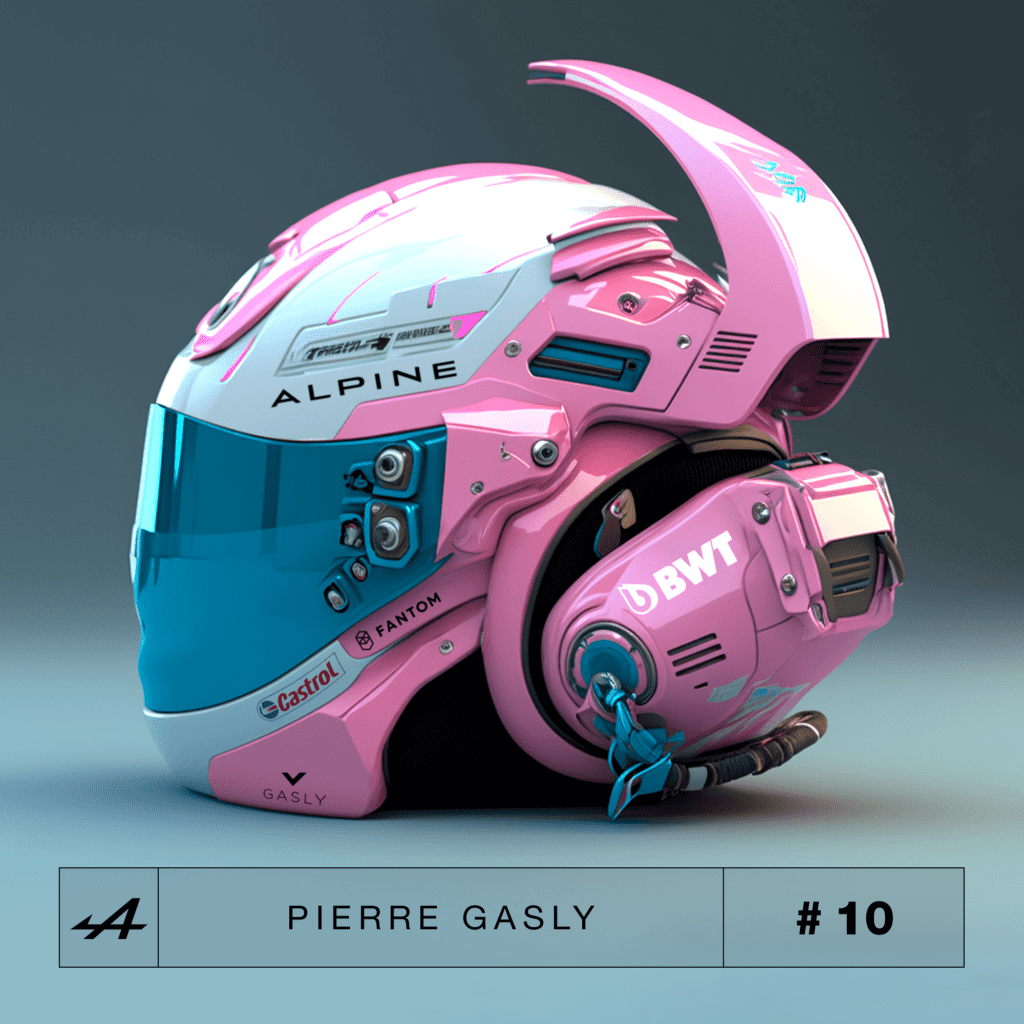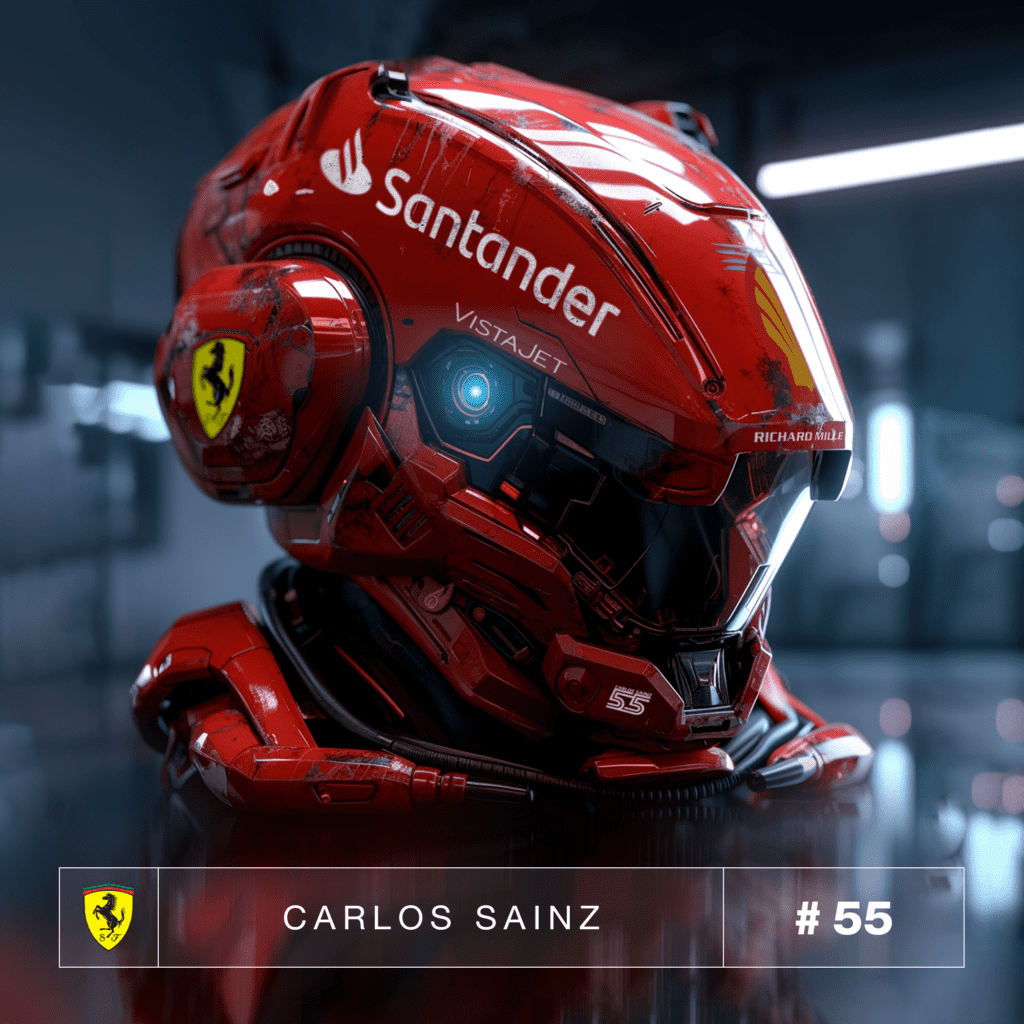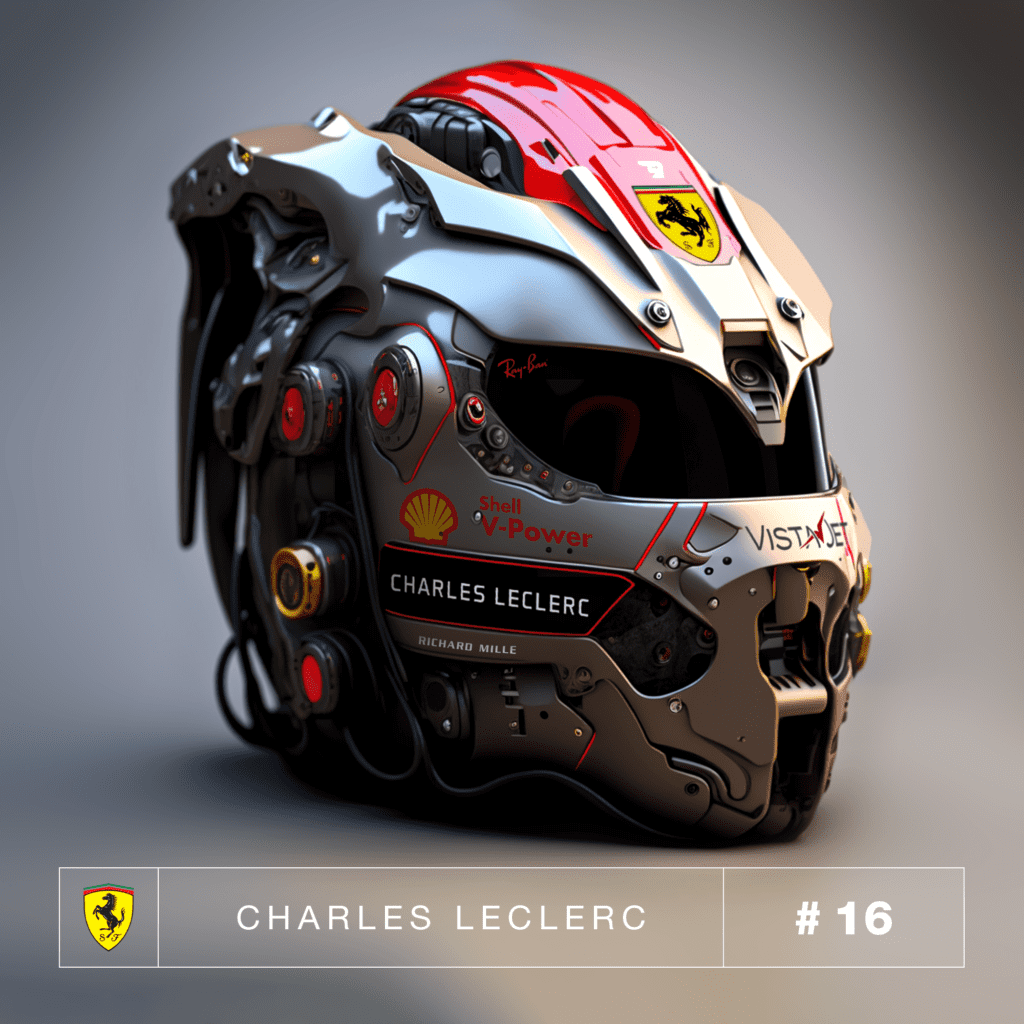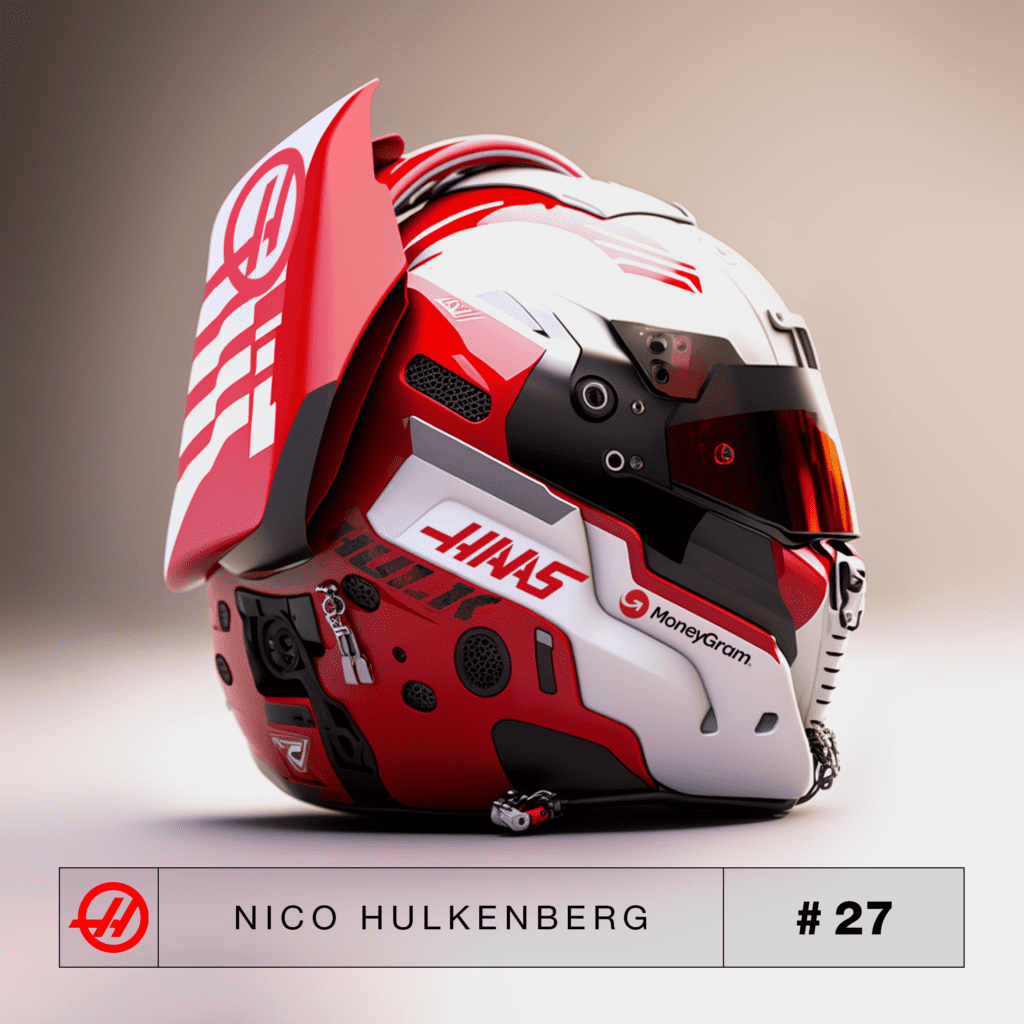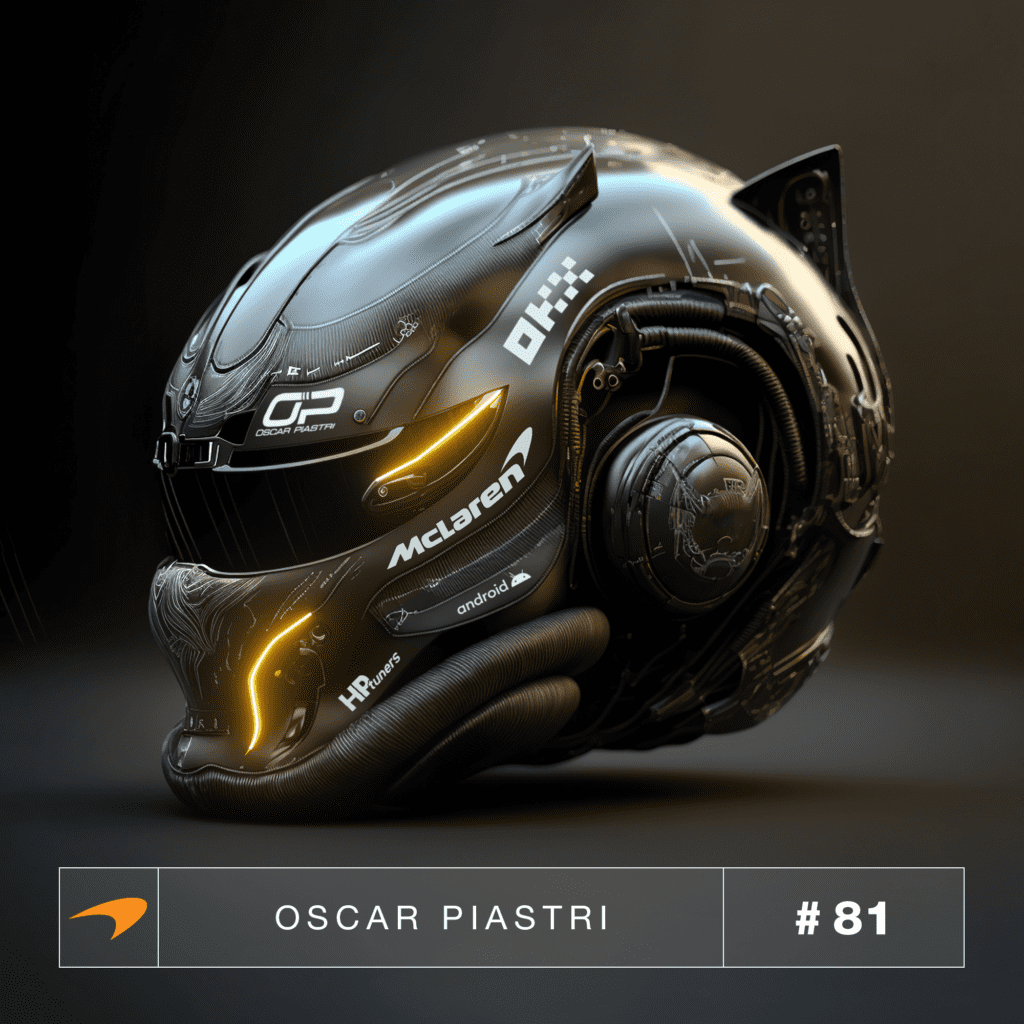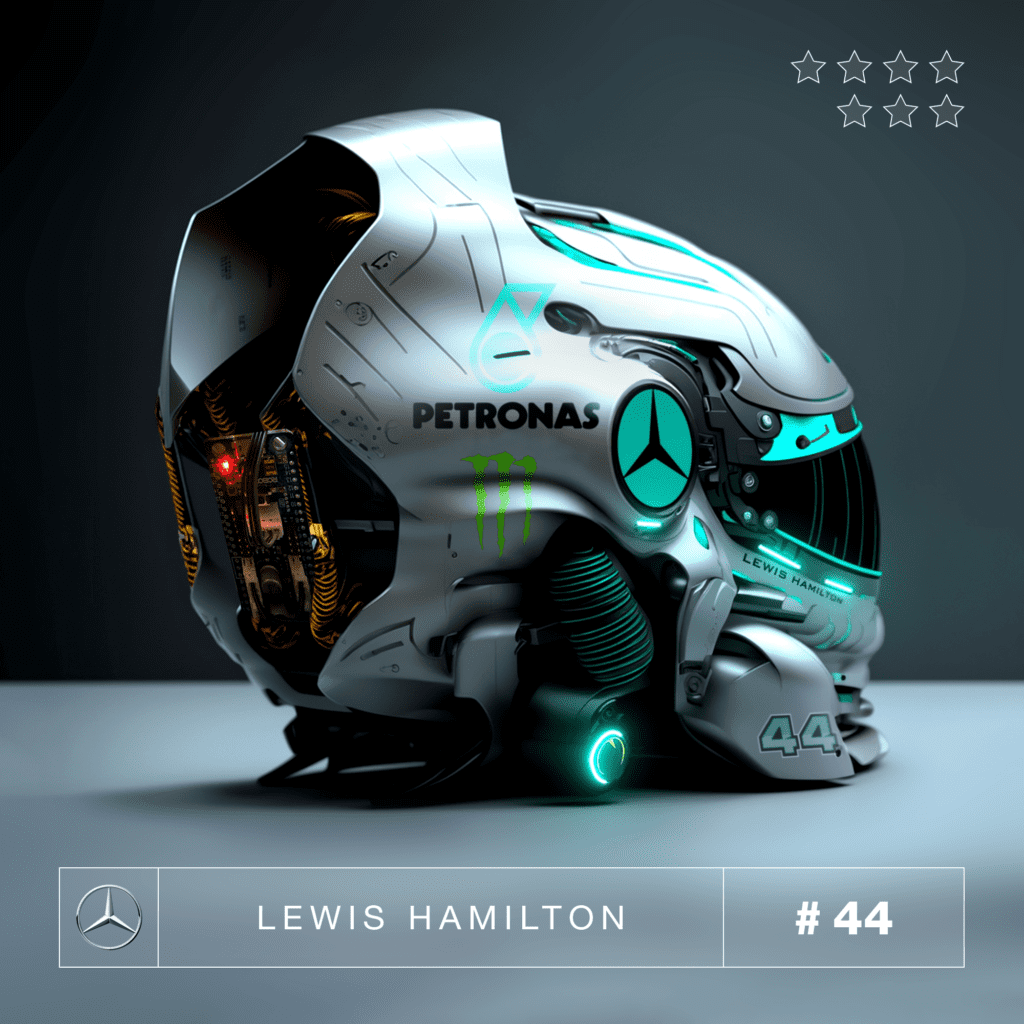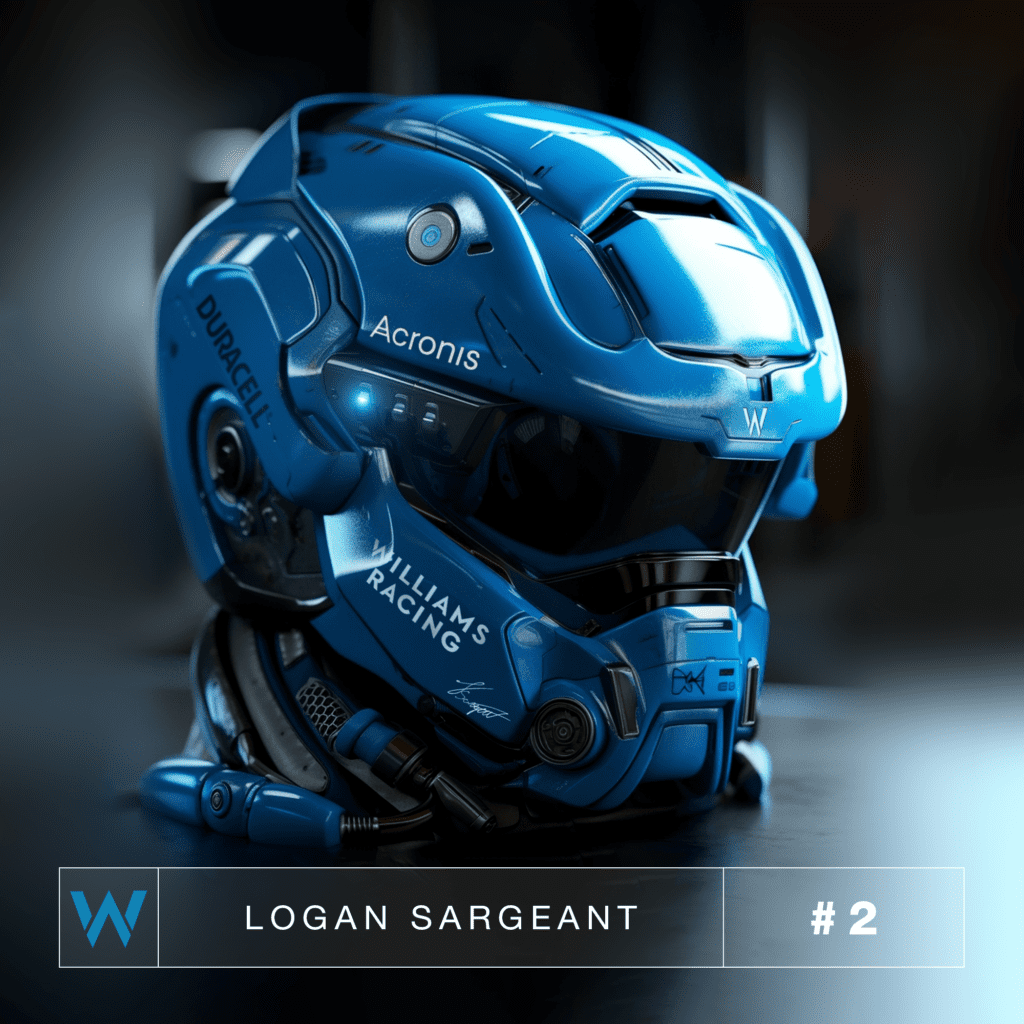Navigating OpenSea's Controversies: A Guide to the Leading NFT Marketplace
Core Facts:
- OpenSea, founded in 2017, has become a pivotal player in the NFT ecosystem, with a remarkable trading volume exceeding $41 billion.
- The platform offers a versatile range of NFT categories, catering to both newcomers and experienced traders, making it a one-stop-shop for NFT enthusiasts.
- OpenSea’s journey to prominence was fueled by a need to unite fragmented Web3 communities, and it has significantly contributed to the growth of the NFT market.
- The platform continually introduces new features to enhance user trust, safety, and infrastructure, such as the Seaport protocol, but has faced criticism for its handling of creator royalties.
- The rise of competing platforms like Blur underscores the ongoing debate over royalties enforcement, challenging OpenSea’s dominance in the NFT marketplace.
OpenSea: A Journey to Dominance
The Birth of a Giant
OpenSea, born in 2017 through the vision of software engineer Devin Finzer and programmer Alex Atallah, has become an NFT juggernaut. From a $1.5 billion valuation in 2021 to a staggering $13.3 billion by January 2022, OpenSea’s ascent has been meteoric. Its mission: to unite the fragmented Web3 communities and provide a hub for NFT enthusiasts.
Fueling NFT Growth
OpenSea’s contribution to the NFT market’s growth cannot be overstated. With trading volume reaching $11.5 billion in September 2022 and predictions of a $231 billion industry by 2030, OpenSea has played a pivotal role. From May 2021 to November 2022, it dominated NFT trading volume.
Unlocking OpenSea’s Arsenal: Tools and Features
The Seaport Revolution
In June 2022, OpenSea unveiled Seaport, a groundbreaking Web3 marketplace protocol that streamlined NFT transactions and reduced gas fees by 35%. This open-source protocol marked a significant improvement over the previous Wyvern system.
Controversial Product Launches
OpenSea’s journey has not been without bumps. It faced criticism for its approach to stolen items, site functionality issues during traffic spikes, and centralized rule implementation. The most contentious issue, however, centered on creator royalties. These royalties, crucial for artist sustainability, were initially challenging to enforce but gained traction with on-chain tools.
The Battle of Royalties: OpenSea vs. Blur
Blur’s Ascent
Enter Blur, a formidable challenger that prioritized market share by offering zero royalties. It rapidly gained traction, challenging OpenSea’s dominance in trading volume while retaining a substantial user base.
OpenSea’s Dilemma
OpenSea’s attempt to balance creator royalties with Blur led to creators facing difficult decisions. While it attempted to address the issue by enforcing royalties on new collections, the controversy intensified when it excluded existing collections.
OpenSea's journey reflects the evolution of Web3, where innovation and challenges go hand in hand. Navigating this landscape requires a blend of vision, adaptability, and commitment to creators.
OpenSea Pro: A Response to Competition
OpenSea’s Response
In April 2023, OpenSea rebranded the aggregator Gem as OpenSea Pro. Targeting both pro-collectors and pro-traders, OpenSea Pro offers advanced features, mobile compatibility, and live cross-marketplace data. Users who purchased NFTs on the Gem platform before March 31, 2023, can claim Gemesis NFT drops.
Competition Intensifies
OpenSea Pro’s launch had a notable impact, overtaking Blur in daily transaction count. While Blur maintains a lead in trading volume, the gap is steadily narrowing.
The Decentralization Dilemma: A Challenge
Addressing Complex Issues
OpenSea grapples with challenges like stolen item policies and U.S. sanctions law compliance. Achieving decentralization in a rapidly evolving Web3 landscape is no easy task.
Centralization Spectrum
Most Web3 entities, including OpenSea, fall somewhere on the centralization spectrum. Balancing user safety and market dynamics while avoiding legal issues remains a complex challenge.
Balancing Vision and Challenges
Vision for Web3
OpenSea’s CEO, Devin Finzer, envisions a future where nearly everything is owned and transferable on the blockchain as NFTs. However, realizing this vision while addressing market dynamics and creator concerns presents an ongoing challenge.
The Road Ahead
As OpenSea navigates the NFT landscape, it must innovate, communicate transparently, and uphold creator rights. The future of Web3 hinges on balancing market dominance with equitable compensation for artists.
Read full source(s):







